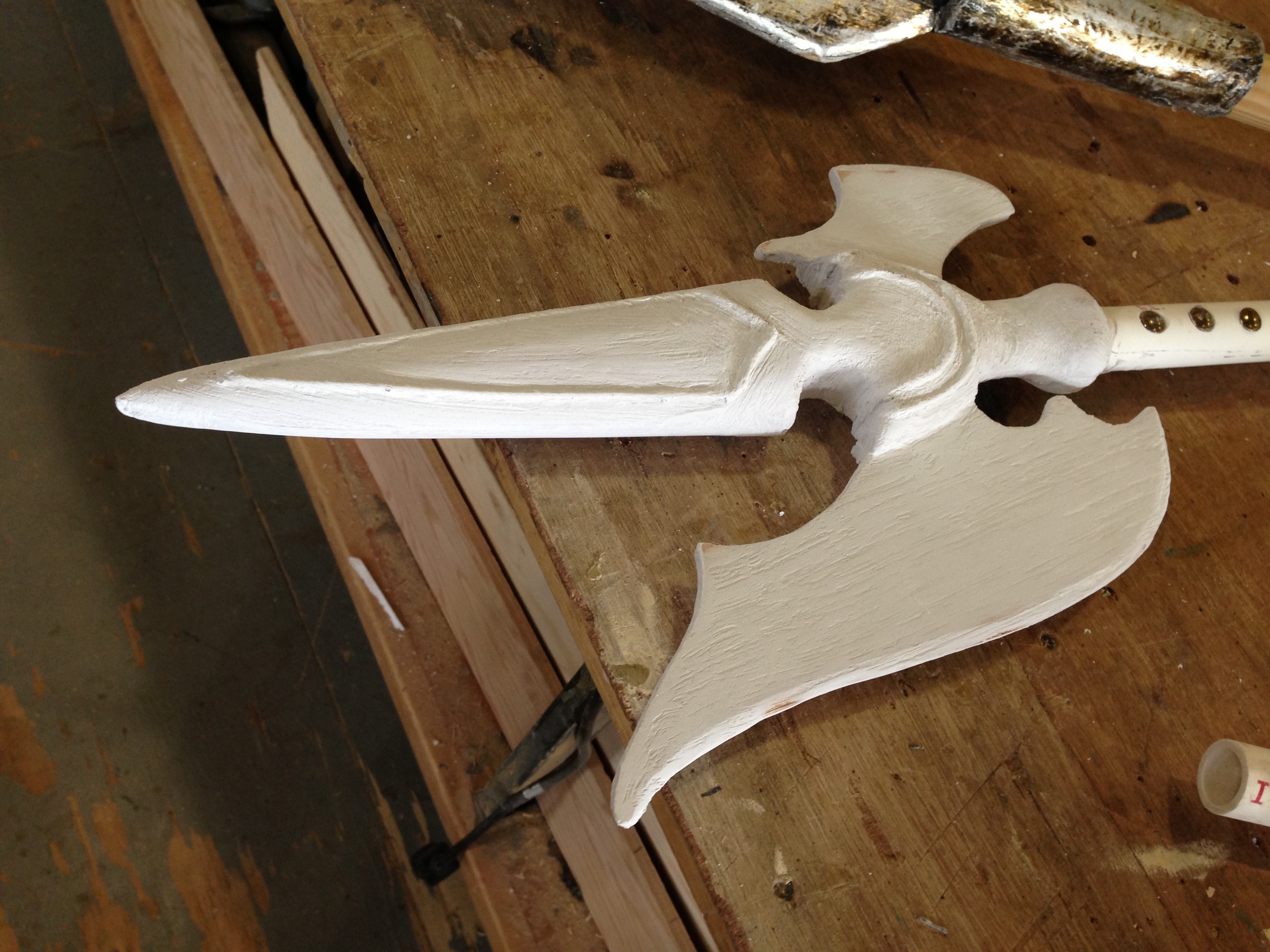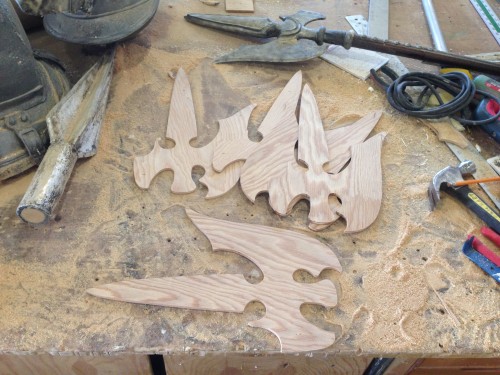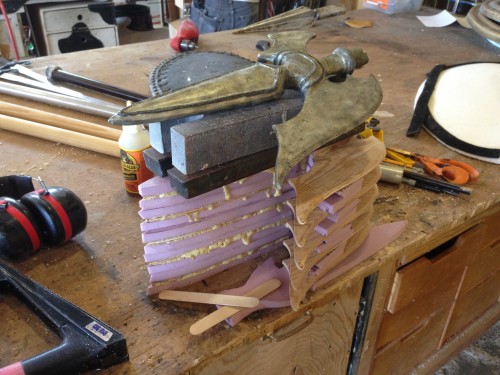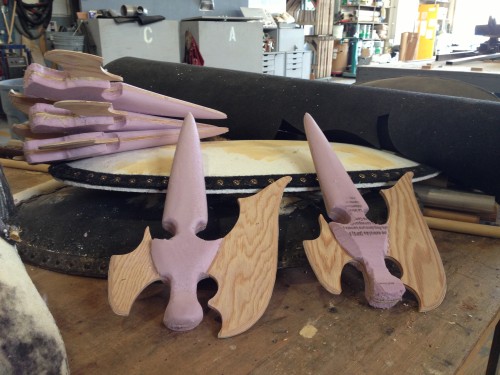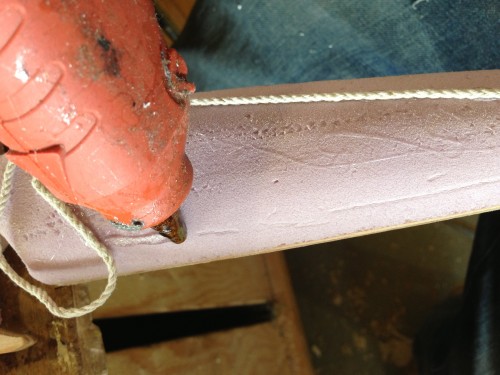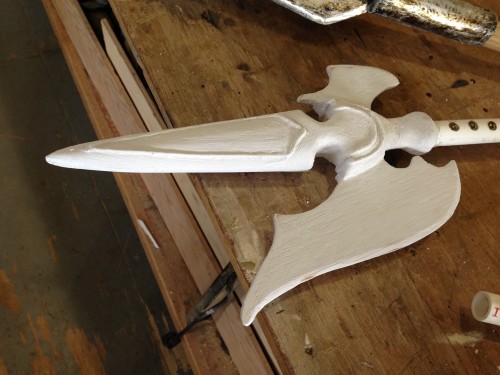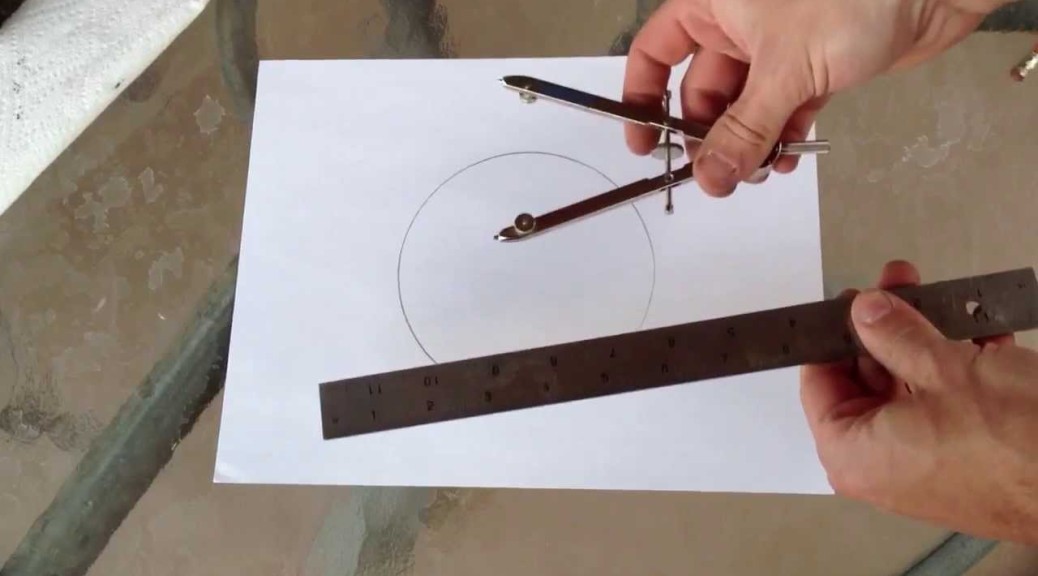For those of you in the regular world, happy four-day weekend! For those of you in theatre, get back to work! I have a couple of really great links for everyone this week:
The LA Times had a fantastic front page article about Film Biz Recycling, a New York City-based non-profit that rescues props and set items from finished productions, and sells them for thrift store prices. It’s the kind of store I wish existed in more places around the country; whenever I work a strike where an entire dumpster is filled with salvageable material, I can’t help but think of all the small theatres and schools where just a few scraps of plywood would make all the difference.
Lyn Gardner talks about prop flops, and how she loves when things go wrong on stage. She gives a few memorable mentions of mishaps from throughout history, and the comments section has a few more submitted by readers.
Volpin Props has an epic post up about a recent build for a Militech Crusher, a fictional gun from a video game series. It has a wide range of tips for working in plastics and inventing shapes and textures from scratch, as well as some really cool paint techniques.
If you are into podcasts, here is an episode of End Credits with an interview of Rob Kyker. Kyker is the props master on shows such as Lost and Castle, as well as films such as Super 8.


